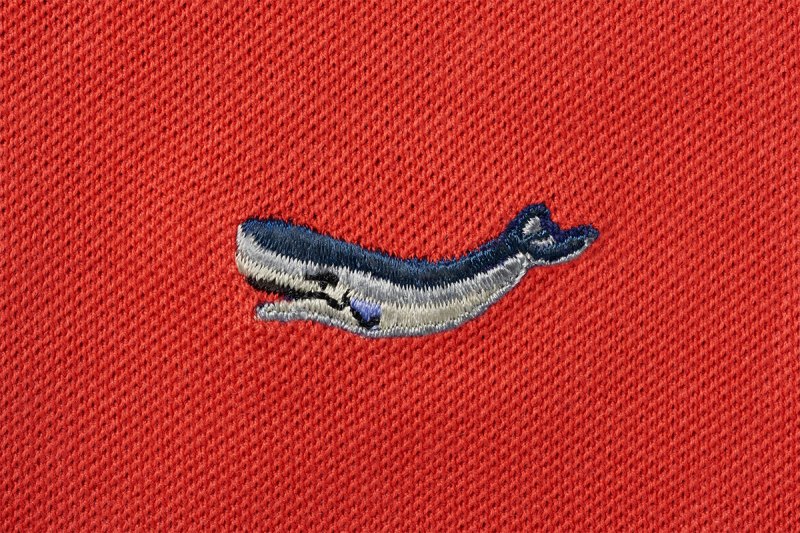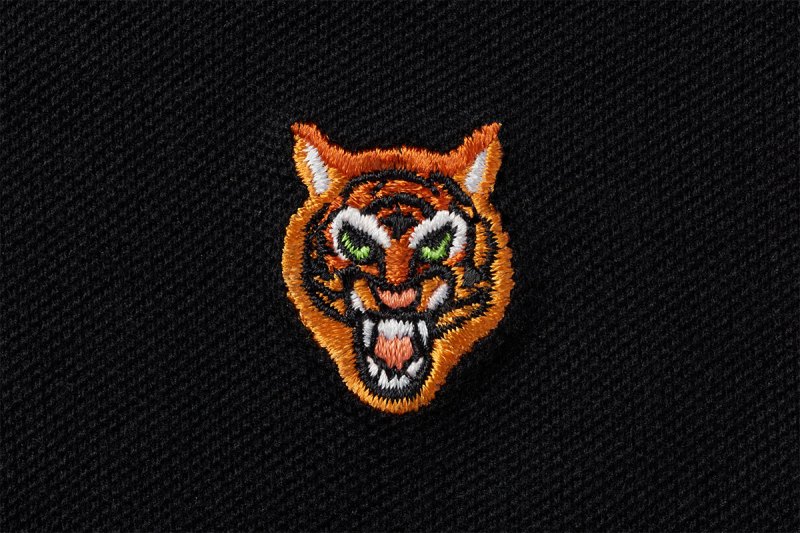What if the logo on your shirt stood for something other than advertising for the brand?
What if instead of acting as a walking billboard for a company, your shirt helped raise awareness about animals on the edge of extinction? And what if some of the money from that shirt went directly to saving the animal you’re wearing? Well, all of your clothing-related animal saving dreams have come true thanks to Arkwear.

Each year, Arkwear selects a new batch of animals that are, sadly, at risk of extinction. The ecosystem is a delicate and complicated house of cards: one animal– even the less cute, popular ones– goes extinct and it can send us all tumbling down. Take the shark, part of Arkwear’s 2016 collection: as much as you might fear them after watching “Jaws” for the hundredth time on TNT, we need them. In fact, they’re so good at existing they’ve been swimming the seven seas for around 450 million years. They pre-date the dinosaurs and hell, even outlived those guys. It really wasn’t until we showed up and started over fishing, which depletes their food sources, snagging them in fishing gear, and brutally slicing off fins from living sharks for soup (which incidentally kills them slowly), that they encountered any trouble existing.
Arkwear helps animals, big and small, by giving five percent from each shirt’s purchase to the Wildlife Conservation Society (WCS). This society has been protecting and conserving animals and ecosystems across the world since 1895.
The 2017 Arkwear collection highlights the plight of the Grauer’s (Western Lowland) Gorilla, Sperm Whale, Sumatran Tiger, and the far-from-humble Western Bumblebee. Each animal is represented by a small embroidered emblem on Peruvian Pima cotton. Mother of pearl buttons and a slightly longer length make this a shirt you’ll want to live in. So, let’s meet this year’s stars:

The Western Lowland Gorillas are the largest of gorilla species and are herbivores that have incredibly complex social structures, often displaying human traits and emotions. They even have the same number of hair follicles per square inch that we do; makes sense given we share 98.3 percent of our DNA with them. These intelligent giants face extinction because of habitat loss, poaching, and even diseases like Ebola. Koko is a famous example: she speaks in American Sign Language. It turns out, gorillas already have a rich vocabulary of gestures they use among themselves; still, Koko is able to create complex thoughts and even new words, like “Quiet Chase,” which is her name for hide-and-seek.

Sperm Whales (think the whale in Moby Dick) got their name from the whitish liquid-turned-wax in their massive skulls (hilarious, 18th century whalers). While we still don’t conclusively know what the spermaceti does, we sure as hell loved it, using it for lotions, cosmetics, non-smelly candles, and an industrial lubricant. We loved it so much, we hunted them to the point of extinction until a treaty ended the practice in 1985. To put that in perspective, Cheers was in its third season before we stopped hunting Sperm Whales. They can grow up to 70 feet or more, live around 70 years (possibly longer) and swim anywhere they damn well please. It comes as no surprise then, that they are also one of the loudest animals on earth: their communication clicks register at about the same level as a rifle shot. While we don’t hunt them anymore, we’re still making the whole existence thing problematic with chemical and noise pollution (think sonar), fishing nets, trash, and collisions with ships. Seriously, after five centuries, can’t these guys catch a break?

Generally speaking, if you enjoy eating you’ll want to look out for the Western Bumblebee. Bombus occidentalis (which is just fun to say), used to be all over the Pacific Northwest, pollinating everything from flowers to crops like blueberries, tomatoes, apples, and canola. These guys are so good at their jobs we even employed them in greenhouses. Frighteningly, the noble little Western Bumblebee is disappearing, which means so is your food. Things like pesticides, insecticides, habitat loss (this is a sadly common theme), and certain pathogens are threatening their colonies. Bee cool; love bees.

The Sumatran Tiger really needs no introduction, right? This is the king of cats, definitely the most fashion-forward, and certainly critically endangered.
These badass beauties number at only around 400, living on the island of, you guessed it, Sumatra, in Indonesia. While habitat loss is a major crisis for the tigers, poaching is far worse. China can’t seem to get enough of products with tiger parts: an estimated 60 percent of China’s 1.3 billion people use traditional medicines that include tiger bits. Taiwan is a big fan of tiger penis soup, which is supposed to help with fertility issues and Indonesia itself has a major market for their teeth and skin. We don’t get off so easy in the United States either with more tigers kept in people’s backyards than are in the wild. (Someone should remind Americans just how many cats that aren’t capable of eating you are in shelters waiting to be adopted). Beyond just being an incredible species, the Sumatran Tiger is an important part of the ecological health of its habitat. Remember the whole house of cards thing?
Frankly, who wants to live without any of these animals? So, suit up in an Arkwear shirt and show your support for these endangered animals with your style and your wallet.


